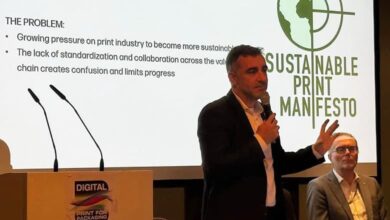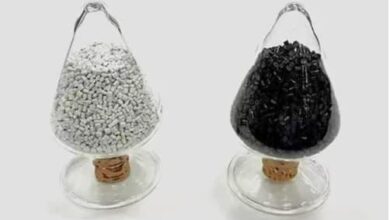Gulf Print & Pack 2024: 24-hour Countdown Begins
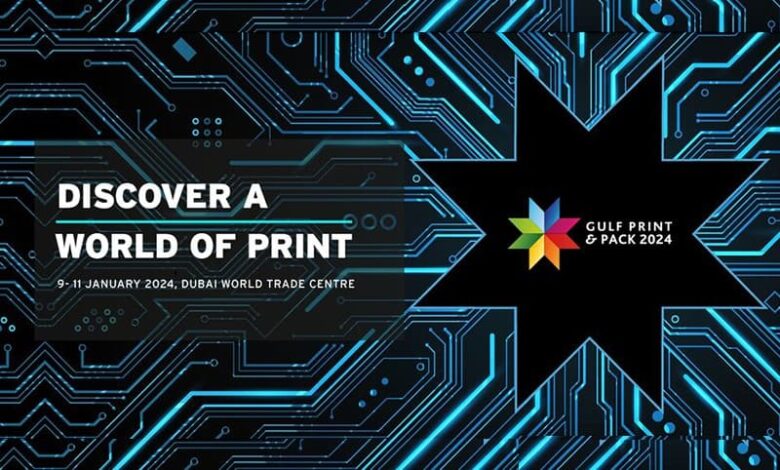
With less than 24 hours to go, the final countdown has begun. The much-anticipated Gulf Print & Pack 2024 is all set to kick off at Dubai World Trade Centre (DWTC) from 9 January, 2024. Eagerly awaiting visitors and industry stakeholders can delve into the future of printing and packaging with live demos of cutting-edge technology, industry insights, and unparalleled networking opportunities spanning three days.

Event Director GPP 2024 Barry Killengrey comments, “With less than a day left to go before Gulf Print & Pack opens its doors once again, this edition is set to be the biggest so far. We’ve had extraordinary appetite to be part of this show, one that I can’t wait to see in action.”
The Middle East and North Africa’s leading exhibition for the commercial and package print sectors brings together Print Service Providers (PSPs), commercial and packaging printers, designers, and print buyers from across Africa, GCC, the Middle East, and South Asia, looking to view the latest technology in action including wide format printers, digital corrugated, cut-sheet inkjet, package printing presses, and digital embellishment systems.
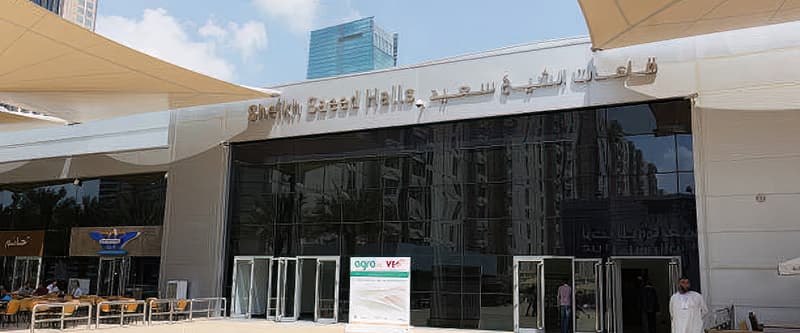
This year’s edition will see over 250 exhibitors from 16 countries from South Asia, the Far East, Middle East, Europe, and the United States. Across three days, visitors to GPP 2024 will be able to learn how to enter new and profitable niche markets in the fastest growing sectors of print, everything from digital textiles and wall coverings to labels, packaging, and on-demand book printing. Another key trend to be highlighted is digital embellishment of cut-sheet commercial work, folding cartons, and labels.
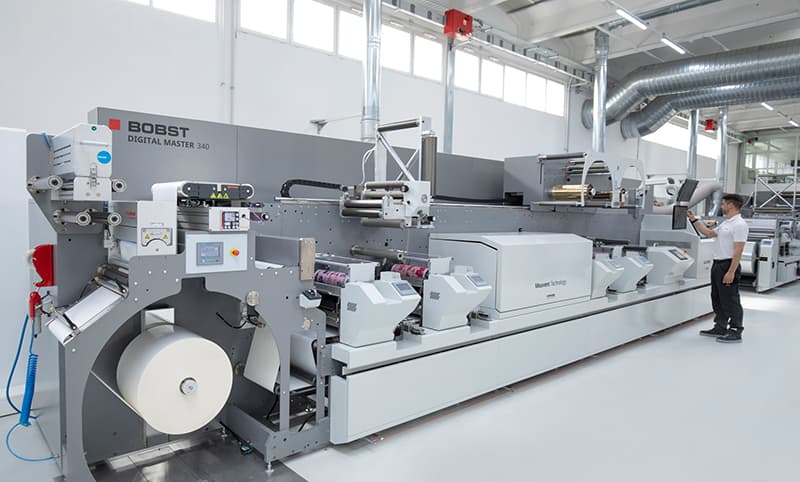
Global supplier of packaging equipment and services BOBST will be presenting its complete product and services portfolio for label and packaging production including DIGITAL MASTER 340/510 All-in-One and DIGITAL EXPERT 340 presses.
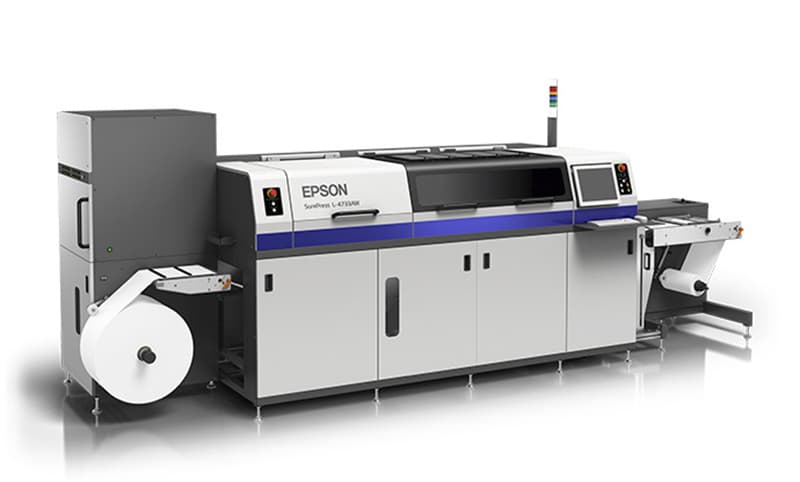
Digital imaging technology major Epson’s SurePress L-4733AW short-run label press will debut on-stand, together with ColorWorks C6500 and C4000 featuring cloud-enabled, on-demand colour label printers.

GPP 2024 also provides the perfect platform for printing technology giant Heidelberg to showcase its latest range of digital production presses. Heidelberg Middle East will unveil the new Versafire LV and Versafire LP digital printing systems powered by the enhanced Prinect Digital Frontend (DFE) that offers an intuitive combination of offset and digital printing technology.
Imaging and electronics company Ricoh is another big player, all set to showcase three new products: RICOH Pro C9500, RICOH Pro C7500, and RICOH Auto Color Adjuster.

With a substantial increase in the number of confirmed exhibitors who will display their high technology products and capabilities, the organizers expect visitor footfall to top pre-pandemic numbers for the first time, and have a full capacity printing exhibition in the Middle East.
“Dubai’s unparalleled infrastructure, innovative spirit, and strategic location make it the ideal hub for Gulf Print & Pack 2024, where cutting-edge technology meets limitless opportunities in the heart of the Middle East’s dynamic business landscape,” adds Killengrey.




